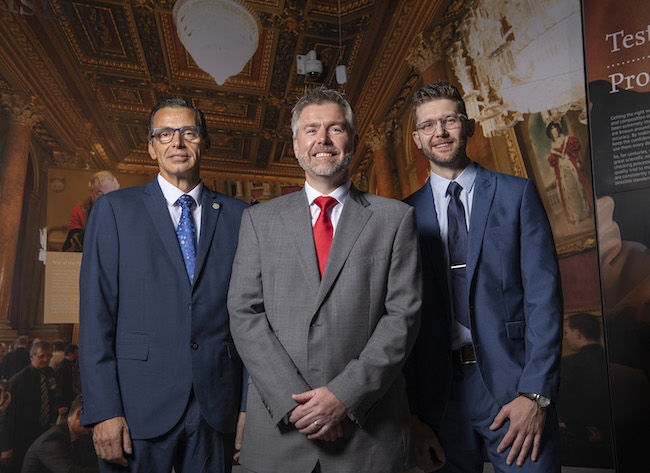Solar Farms in UK Facing Severe Delays and Cancellations Due to Economic Conditions and Grid Connection Issues
London, Wednesday 3 January, 2024 – The UK government’s ambitious target of achieving a fivefold increase in solar energy to 70GW by 2035 is at risk due to a “perfect storm” of economic challenges and delays in connecting to the National Grid. A new study by energy consultant and former Head of Global Economics for BG Group, Huw Evans, has revealed that the current conditions in the UK make it unlikely for the swathe of solar farms approved and going through planning permission to be viable in the near future.
Evans’ report highlights a combination of factors such as inflation, supply chain disruption, spiralling interest rates, and delays in grid connection as major hindrances to the development of solar farms. The UK government has heavily promoted solar energy as a means to achieve its goal of being carbon neutral by 2035, but Evans’ study suggests that this may not be feasible under the current circumstances.
The report also points out that despite the increased prices offered by the government in their Contract for Difference (CfD) allocation round, which has seen a 30% increase in prices for solar energy, developers are still struggling to make a return on their investment. This is compounded by the delays in grid connection, which have been vastly underestimated by the government. According to Evans, the UK’s assumption that it can develop solar energy at a cheaper rate than anywhere else in the world is unrealistic, based on published data.
The report also uses data from the International Renewable Energy Agency (IRENA) to show that the UK’s climate makes it one of the worst 5% areas in the world to develop solar electricity. This is because only 10%-11% of the capacity of solar farms can be generated annually, compared to double that in countries like Spain, Australia, and parts of the US.
As of November 2023, there are 1,300 projects awaiting connection to the grid, amounting to 400 Giga Watts (GW) of grid access requirements. The National Grid has informed companies applying for grid access that they may have to wait up to 15 years before they can sell any electricity they produce. In an effort to alleviate the backlog of connections, the National Grid has issued new rules that effectively prioritize projects that are ready to connect, causing delays for projects still waiting for grid access.
This has already resulted in the clearing of land for solar farms, such as in Torquay, Devon, where diggers have been suspended as the project awaits a grid connection date, which could be as far as the mid 2030s. Additionally, Centrica has reported that approximately 80% of the 300 substations across England and Wales need upgrading, and the installation of “Supergrid transformers” that weigh several hundred tonnes can take up to five to eight years each.
For solar projects to progress, they require an allocation of a CfD in the auction rounds, with a set deadline for when the project needs to come on stream. However, this deadline may not align with the date provided by the National Grid for connection, making it difficult for investors and financiers to see a viable return on their investment in the current economic climate.
These challenges are made even harder by the lack of coordination between the organizations responsible for setting the hurdles. Distribution Network Operators (DNOs) blame the National Grid for delays, while the National Grid blames Ofgem, and Ofgem blames the National Grid. This has resulted in a blame game with no clear mandate for Ofgem and the National Grid to invest in the grid as the cost would be passed on to consumers, which no government wants to do.
Peter Aston, a specialist connections engineer at consultancy firm Roadnight Taylor, has noted that some transmission projects can take up to 10 to 12 years to complete, which is a cause for concern as the government’s target of achieving carbon neutrality by 2035 is only 12 years away.
For more information, please contact:
Huw Evans
Energy Consultant and Former Global Head of Economics for BG Group
Tel: 07917 412313
Email: swallett.farm@gmail.com
——————————————————————————————————————
This news story was distributed by https://pressat.co.uk/.







